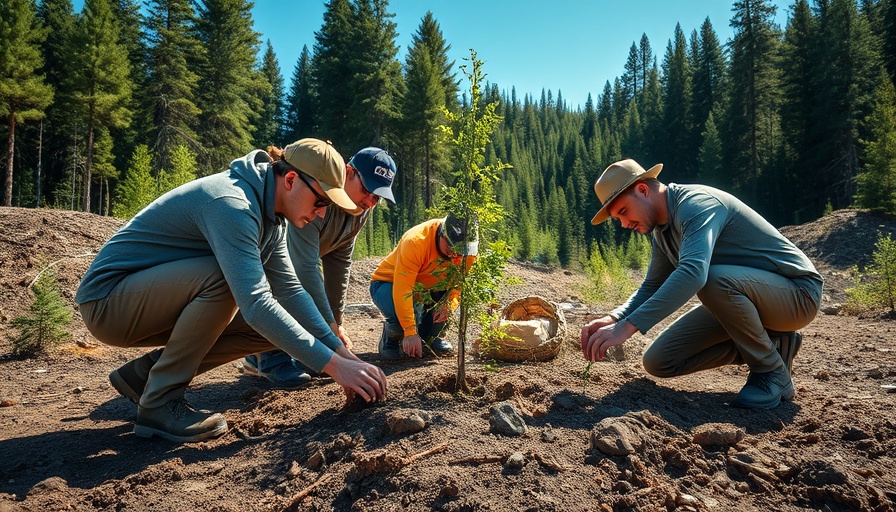
The Rise of Community Solar Energy in Scotland
Scotland is taking significant strides towards its renewable energy goals with a groundbreaking new project on the Isle of Arran—the Glenkiln solar farm. This initiative, designed to be the largest community-owned solar farm in Scotland, demonstrates the increasing shift towards sustainable and locally managed energy solutions.
Community Engagement and Environmental Impact
The Glenkiln solar farm, a £5 million investment, is projected to provide energy for approximately 1,250 households by its completion in 2027. With plans to feature around 10,000 solar panels across a sprawling 8.6 hectares, the project also emphasizes environmental sustainability. Unique to this solar farm will be the integration of sheep grazing, allowing local agriculture to continue alongside energy production. This dual-purpose approach not only fosters biodiversity but helps mitigate the concerns surrounding land use and renewable energy developments.
Scotland’s Path to a Net-Zero Future
As part of Scotland's ambitious goal to achieve net-zero emissions by 2045, projects like Glenkiln are critical. The initiative is driven by local community engagement through Arran Community Renewables (ACR), which aims to promote autonomy in energy consumption and reliance on renewable resources. Chris Grainger from ACR highlighted the importance of community-led efforts in realizing the full potential of renewable energy, aiming to enhance energy resilience and reduce dependence on fossil fuels.
Challenges and Opportunities in Renewables
Despite the optimism surrounding the Glenkiln solar development, not all voices are supportive. Concerns about the impact on farmland and the reliability of solar power in predominantly rainy climates have emerged. However, advocates argue that community-based renewable projects can provide a stable, emissions-free energy supply while maintaining ecological integrity. Supported by government plans to close Scotland's only oil refinery, the transition towards a greener future seems more achievable than ever.
Conclusion: Why Local Projects Matter
The Glenkiln solar farm stands as a beacon for community engagement in energy production, reflecting a broader trend towards sustainability and environmental consciousness. As communities rally around such initiatives, the hope is that they will inspire similar projects across the region, paving the way for a more resilient and eco-friendly future. By investing in local renewable resources, communities can bolster their energy independence while contributing to global climate goals.
 Add Row
Add Row  Add
Add 




 Add Row
Add Row  Add
Add 



Write A Comment